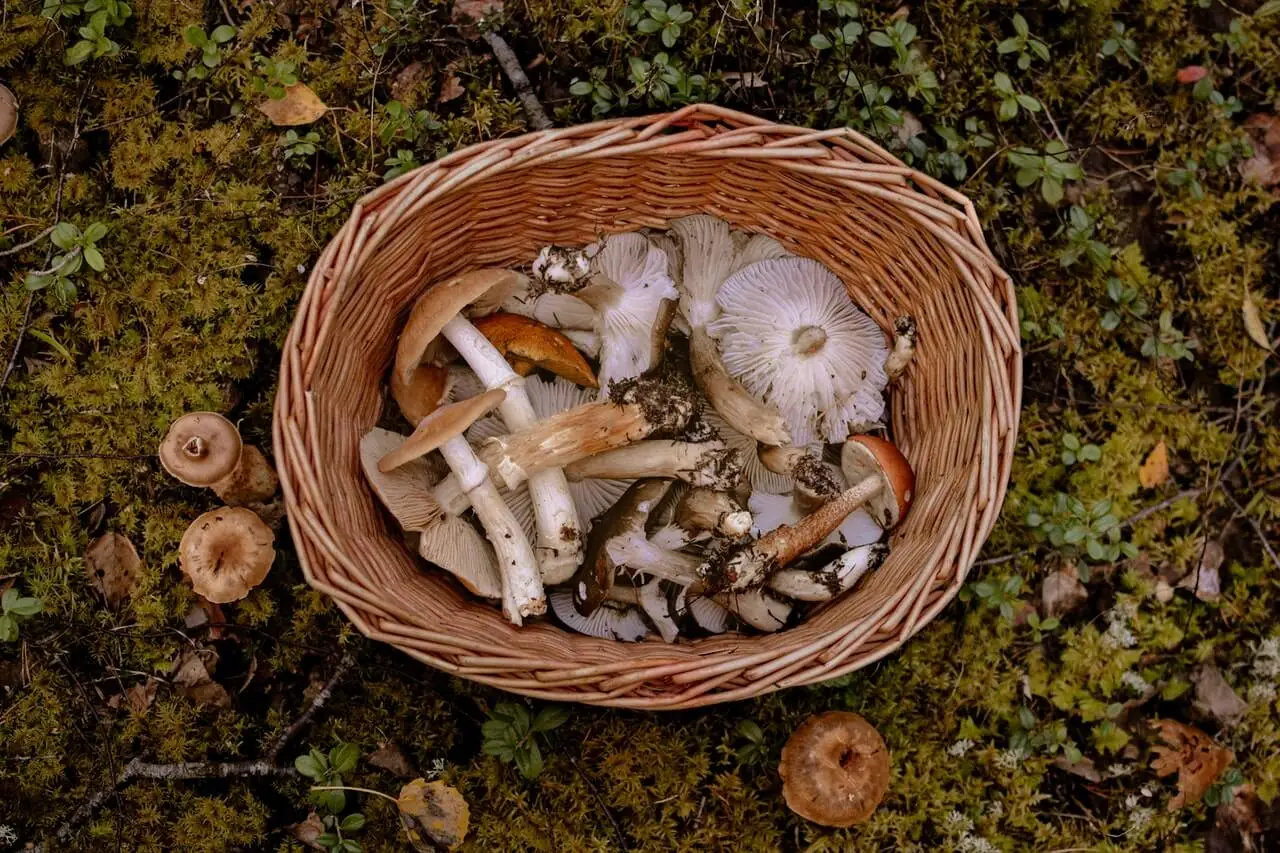Aflatoxins in Food: What You Need to Know


Written and verified by the nutritionist Saúl Sánchez Arias
Aflatoxins in food are certain mycotoxins produced by fungi that can pose an alarming health risk. They’re genotoxic and carcinogenic, so their ingestion should be avoided in any situation. However, they can be found in certain commonly consumed foods, such as peanuts, nuts, corn, rice or vegetable oils.
Before starting, it’s important to emphasize that food hygiene is crucial when your objective is to keep healthy over the long term. There are certain toxins that can compromise the body’s efficiency at an internal level. Also, they could cause serious alterations in the development of the fetus in the case of pregnant women.
Types of aflatoxins in food
The first thing to understand is that there are different types of aflatoxins, depending on their origin. Approximately 20 types have been identified to date. Among all of them, the most dangerous is B1, as it’s very toxic and increases the risk of developing cancer.
This is evidenced by research published in the journal Toxins. It’s an element that could even be transmitted to a baby through breast milk, so special care must be taken during pregnancy and breastfeeding.

In addition, other aflatoxins are also capable of causing serious damage to the body, especially to the liver. Among the most common are aflatoxin B2, G1 and G2 atoxin. However, we’re talking about very small elements, even smaller than toxins generated by bacteria. This makes them difficult to detect in conventional food analysis.
Read more here: Is Mold in Food Dangerous?
Foods with the highest aflatoxin content
It’s essential to know which foods have the highest presence of aflatoxins inside, as this could help you to avoid them at certain stages of life. Normally, nuts, seeds and tropical spices are the most likely ones to contain this series of toxins inside. The risk increases when they’re contaminated with molds. Of all these products, peanuts are the most frequently infected.
However, aflatoxins are also present in products that haven’t been properly preserved. Poor food hygiene practices increase the risks.
For this reason, it’s always advisable to store foodstuffs in cool, dry places. Humidity and heat tend to favor the development of fungi, which are the main producers of the toxins mentioned above.

Aflatoxins could even appear in packaged products that have passed their expiry date. It’s true that preservative-type food additives reduce the risks, but they can still be present if the manufacturer’s instructions aren’t followed. In fact, it has been shown that aflatoxin B1 can be present in many regularly consumed foods, which is particularly dangerous to health.
Read more here: What Types of Food Additives are There?
Aflatoxins and liver health
As mentioned above, aflatoxins don’t only increase the risk of developing cancer, but also cause extensive damage to liver tissue. However, some elements of phytotherapy could help to reverse the process in case of infection. One example would be curcumin, from turmeric. This is evidenced by research published in the journal Cancer Letters.
After all, when liver tissue is damaged, inflammation and oxidation occur chronically. It’s important to provide nutrients or phytochemicals capable of reversing both processes in order to stimulate the repair of the organ.
Fortunately, the liver is one of the elements of the human body that restores itself most rapidly. Although it’s true that this can be serious, in many cases it’ll be resolved in a timely manner with the appropriate treatment.
Even so, it’s best to avoid exposure to these toxins to prevent greater evils. Through the usual diet, the liver is already under a heavy workload. It often has to purify toxic compounds on a frequent basis, in addition to performing many other important metabolic functions. The less it’s overloaded, the better.
Aflatoxins, very dangerous elements for health
As we have seen, aflatoxins are very dangerous compounds for health produced by fungi. They can be found in several commonly consumed foods, so it’s advisable to take extreme precautions in terms of food hygiene to prevent contamination that could be fatal in the medium term. It’s essential to always follow the manufacturer’s instructions regarding the preservation of processed products.
Finally, it should be noted that the intake of these compounds is of particular concern in the case of the elderly and pregnant women. They are considered risk groups, so precautionary measures must be taken to prevent damage that could drastically affect their health.
All cited sources were thoroughly reviewed by our team to ensure their quality, reliability, currency, and validity. The bibliography of this article was considered reliable and of academic or scientific accuracy.
- Marchese, S., Polo, A., Ariano, A., Velotto, S., Costantini, S., & Severino, L. (2018). Aflatoxin B1 and M1: Biological Properties and Their Involvement in Cancer Development. Toxins, 10(6), 214. https://doi.org/10.3390/toxins10060214
- Martínez Miranda, María Marcela, Vargas del Río, Liliana María, & Gómez Quintero, Verónica María. (2013). AFLATOXINAS: INCIDENCIA, IMPACTOS EN LA SALUD, CONTROL Y PREVENCIÓN. Biosalud , 12 (2), 89-109. Recuperado el 29 de mayo de 2022, de http://www.scielo.org.co/scielo.php?script=sci_arttext&pid=S1657-95502013000200008&lng=en&tlng=es.
- Soni, K. B., Rajan, A., & Kuttan, R. (1992). Reversal of aflatoxin induced liver damage by turmeric and curcumin. Cancer letters, 66(2), 115–121. https://doi.org/10.1016/0304-3835(92)90223-i
This text is provided for informational purposes only and does not replace consultation with a professional. If in doubt, consult your specialist.








